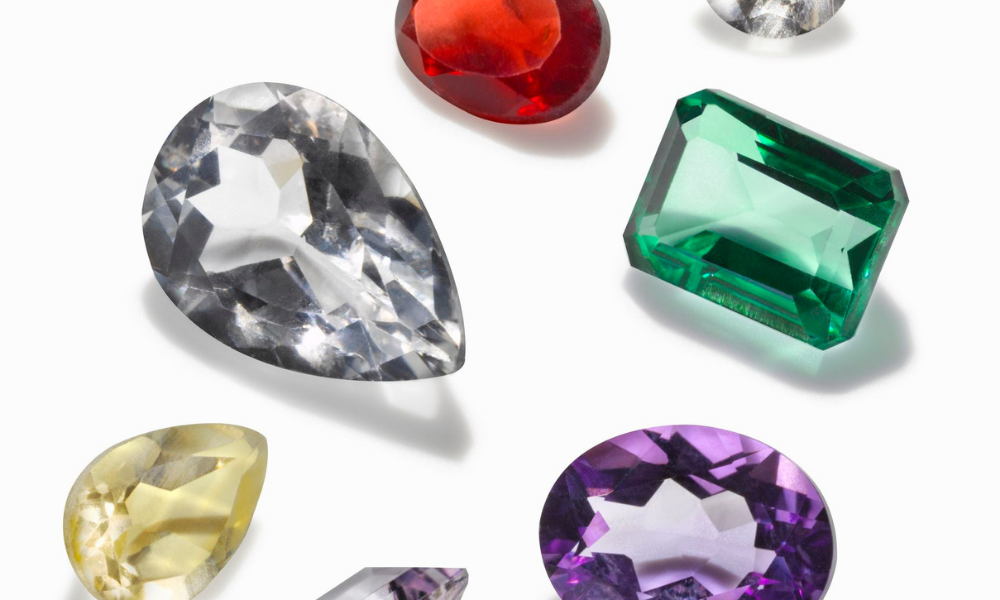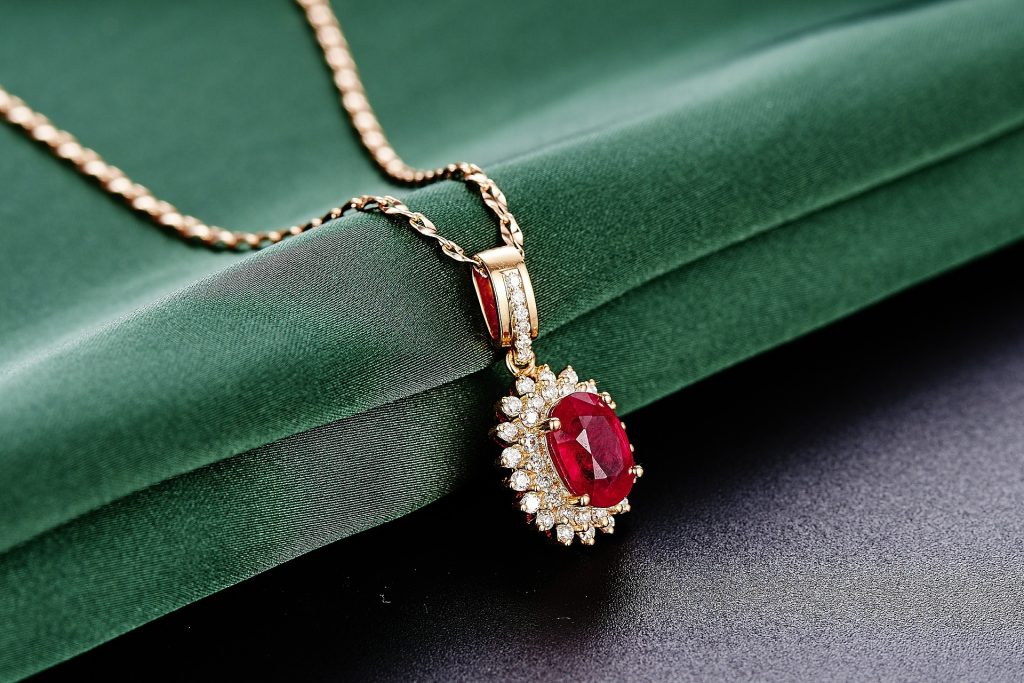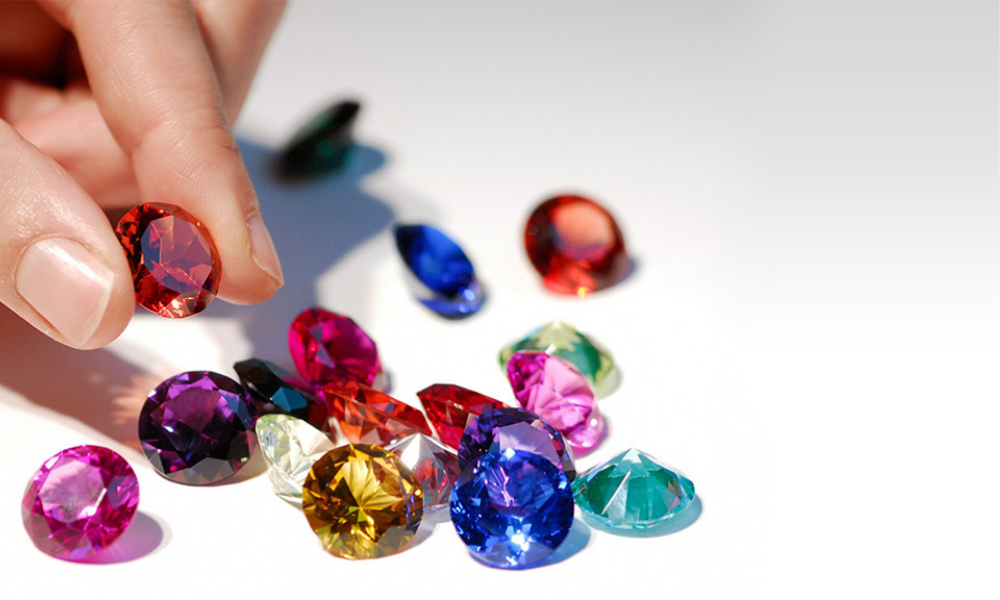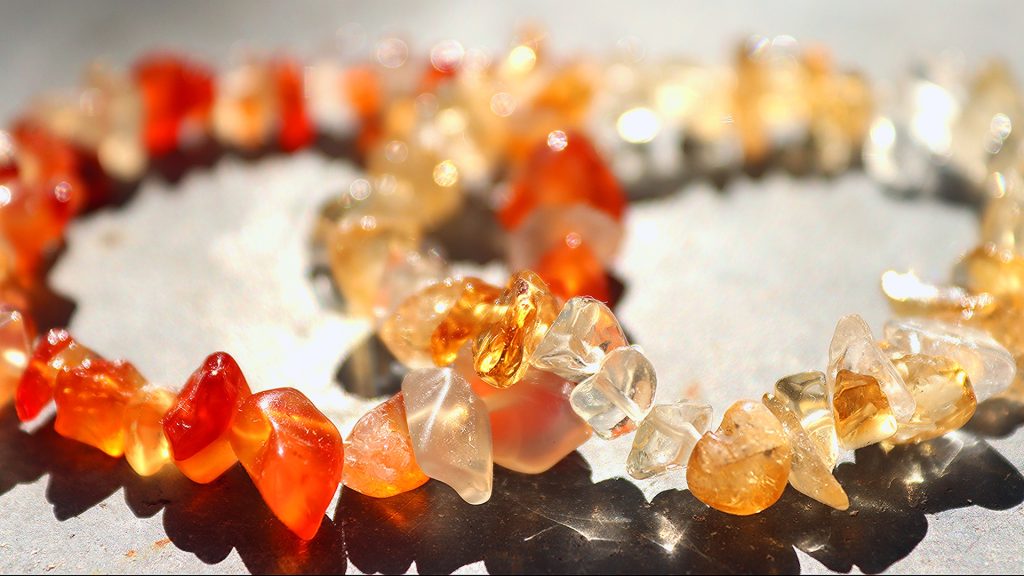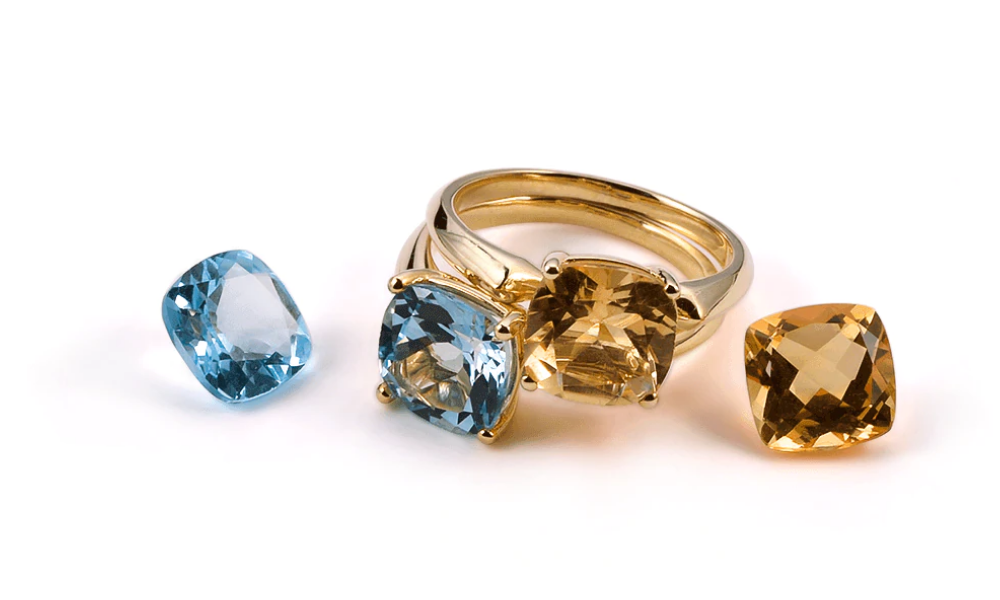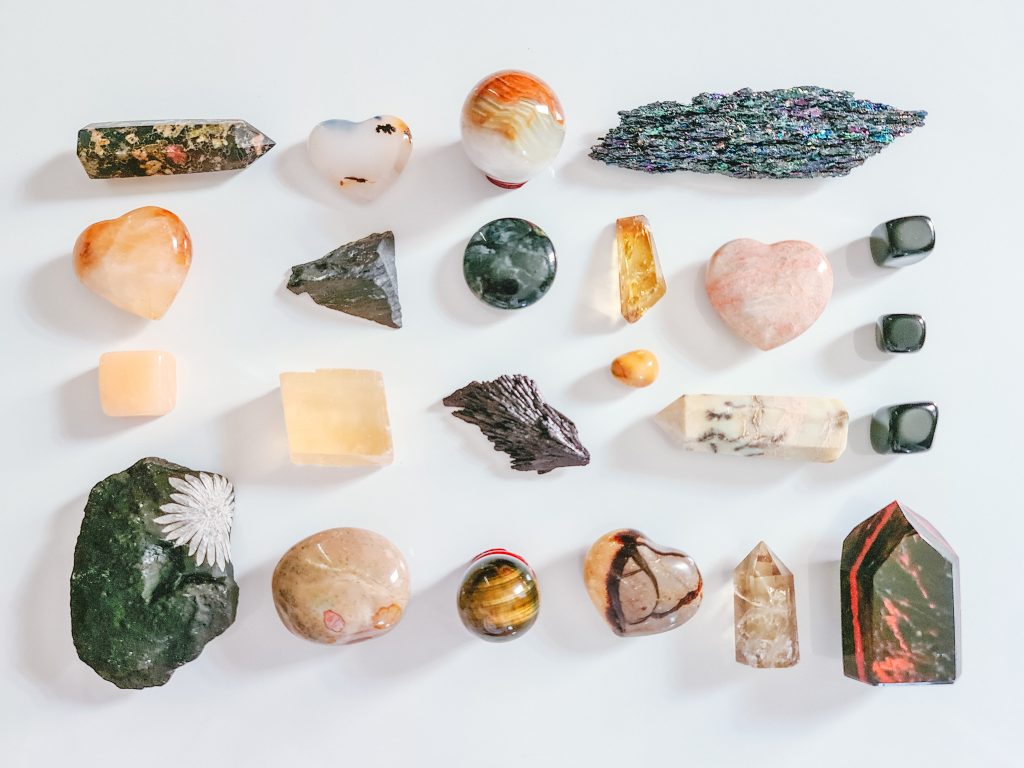If you are wondering how to identify genuine gemstones, this article is for you. We’ve gathered the essential facts for you to know. Remember that there are fakes and imitations, and you should avoid them. A fake gemstone has a different chemical composition and doesn’t have the same properties as a genuine stone. For example, cubic zirconia is designed to look like a diamond, but it lacks many of the qualities of a natural diamond. Another way to spot a fake stone is by its color.
One of the most common characteristics of a gemstone is its color, but this can be difficult to notice in its natural state because dust may cover it. This is why the stone’s surface may not have the same color as its inner core. The best way to tell the difference is to scrape it with your dominant hand, then watch the powder trail. This powder trail will help you identify the gemstone. Then, compare the color of the powder left behind by the stone with the one on the tile.
Unlike the color of synthetic stones, the inclusions on natural gemstones are easily distinguishable. Even if the inclusions are visible, it doesn’t guarantee their geological origin. The experience of a gemmologist is essential to be able to distinguish a natural gemstone from a fake. Inconsistencies will give you no idea about the quality of the stone and the value of the piece. When shopping for a stone, always opt for a reliable and experienced dealer.
Follow the Steps to Determine if Your Gemstone is Genuine
Don’t be concerned! Because we’re here to assist you. Before you choose a gemstone for your stone jewelry, take the following points in mind:
There will be Flaws
Because a genuine gemstone is a natural product, it will contain faults, and there is no further interference save being mined, polished, and cut according to the jewelry’s specifications. A synthetic or imitation gemstone, on the other hand, will appear more perfect, if not faultless. So double-check that you’re picking up the right one!
It wouldn’t be Inexpensive
It’s possible that if a gemstone dealer offers prices that seem too good to be true, they are. Genuine gemstones, such as rubies and sapphires, will have varied costs depending on their weight, carat, and color but will still be on the more expensive side in comparison. Fake / copied gemstones, on the other hand, are usually less expensive.
Unlike Synthetic Stones, the Sparkle and Shine will be Different
A genuine gemstone’s gleam will be faint since it has been worn down by nature. A synthetic one, on the other hand, will shine brighter. Even though it appears to be the other way around, it is not. Gemstones have a lower luster than synthetics because they are a natural occurrence.
The Gemstone’s Weight will Vary
A synthetic gemstone is typically denser than a natural gem, and as a result, it is always slightly heavier. So, while you’re comparing gemstones, you have to pick them up in your palm, and you’ll know which one is genuine!
Always Request the Gemstone Laboratory Report
While all of these methods are simple to implement and aid in acquiring a quick understanding of gemstones, a lab report is always preferred. Even if it’s merely polishing and cutting, every stone goes through a procedure. And the stone’s report mentions all of this. Depending on the treatments, some gemstones that appear honest may be synthetic. As a result, obtain the report and seek the advice of a gemologist.
What are Different Methods to Identify Whether Pearl and Diamond are Genuine or Not?
Pearl
You may be familiar with the old way of determining whether a pearl is genuine by placing it in your mouth and scraping it against your teeth. While it may appear to be a simple test, it is time-tested and reliable. Because genuine pearls are made of grit, they will have a gritty feel, and fake pearls will be smoother and more perfect in appearance. But don’t worry if you have no idea where the pearl has gone and don’t want to put it in your mouth. The same results should be obtained by running your fingernail across the pearl. You should be able to detect whether the pearl is natural or not by looking for any form of the rough, abrasive surface.
The temperature of a pearl can also be used to identify whether it is accurate. Ensure the pearl has been laying out for a while and hasn’t been worn recently before measuring the temperature. You want to give them enough time to react while away from your skin. Hold the pearls in your palm after letting them sit for a bit to notice how they feel against your skin. Before they react to your body heat, genuine pearls should feel more relaxed than your skin for a few seconds. This sensation should be similar to what you would feel if you touched the stone. Consider standing on a marble floor: it’s cool at first, but the stone slowly warms up to your body temperature. Plastic or glass pearls will not change the temperature in the same manner as genuine pearls do. They should be room temperature and warm quickly when you take them up.
Diamonds
There appear to be numerous tests to determine whether or not a diamond is natural. The actual test of a diamond is its ability to cut glass. Genuine diamonds should be able to cut through glass easily, while fake jewels will not. If you don’t have any glass to cut through, don’t worry; there are other techniques to determine whether or not a diamond is natural.
The fog test is one method of determining whether or not your diamond is genuine. Blow hot air into the diamond with your mouth, just as you would a mirror. It’s natural if it doesn’t fog up for too long. A natural diamond can effectively distribute the heat your breath emits; however, a fake diamond will fog for a few seconds. Another technique to spot fake diamonds with this test is that if you breathe on them repeatedly, condensation will form on them. If the diamond in question is not set in a ring or earring, you can examine its refractivity to determine whether it is accurate or not.
Light passing through diamonds is refracted. It’s because of this that they have such a beautiful appearance. It is challenging to change or falsify because it is part of the stone’s physical property. As a result, if you examine the stone’s refractivity closely, you should be able to determine if it is genuine or not. Using a newspaper as a test is one option. Place a piece of newspaper on top of the stone and turn it upside down. It’s most likely a fake if you can read the newspaper print through the stone or even see black streaks on the ink. A diamond should bend light so sharply that no print is seen through it.
How to Identify Gemstones?
Step1
1. Invest in a chart for identifying gemstones. If you expect to be recognizing gemstones frequently, it’s a good idea to invest in a printed chart or reference manual.
When in doubt, search for a book or chat with the Gemological Institute of America’s stamp of approval (GIA).
2. Look for basic charts on the internet. If you only need to identify a gemstone on rare occasions, you may be able to complete the process by using online gemstone identification charts. These charts are far less detailed and extensive, although they could be helpful in a situation.
You can utilize the Hiddenite Gems gemstone identification chart when you know the color and hardness.
Step 2
1. Feel the surface of the stone. A rough or sandy-textured stone should not be classified as a gemstone.
2. Examine its adaptability. An easily malleable stone—that is, one that can be shaped by hammering, crushing, or bending it—is more likely to be a metallic ore than a gemstone.
A crystalline structure can be found in genuine gemstones. Cutting, fracturing, and abrasion can be used to shape this structure, but it has set planes that cannot be altered by pressure alone.
If you don’t want to break a stone, don’t hit it with a hammer. Although genuine gemstones do not bend or reshape, they do break.
3. Recognize which materials aren’t considered jewels. Pearls and fossilized wood, for instance, can be wrongly labeled as jewels, but they do not meet the criteria in the strictest sense of the term.
4. Synthetics should be avoided. Synthetic stones have the same structure, chemical composition, and physical attributes as genuine stones, but they are manufactured in a laboratory rather than occurring naturally.
Several traits can usually be used to identify a synthetic.
Curve growth patterns inside synthetic stones are more common than angular ones.
Gas bubbles that are spherical and come in long strings are frequently an indicator; however, be cautious because a gas bubble in an inclusion might arise naturally.
Platelets of platinum or gold can adhere to synthetic stones.
Fingerprint-patterned inclusions, nail-shaped inclusions, chevron (v-shaped) development patterns, wispy veil-like inclusions, and internal columnar structures are all common in synthetics.
5. Be wary of knockoffs. An imitation stone is a material that, at first glance, appears to be a genuine gemstone despite being produced of a different material. [4] These stones can be natural or artificial, but a few approaches can be used to identify them in either case. When inspecting Turquoise, Lapis, Sapphire, Ruby, and Emerald, pay extra attention because there are various treatments available on the market that make the stones look natural.
An imitation’s surface may appear pitted and uneven, similar to an orange peel.
Swirl patterns are known as “flow lines” and can be found in some imitations.
Imitations frequently contain large, spherical gas bubbles.
Imitations have a lighter feel than their original equivalents.
6. Determine whether the gemstone is a pieced-together piece. Stones that have been assembled are made up of two or more materials. Although synthetic components are sometimes blended in, these stones may be made of genuine gems.
When inspecting the stone for evidence of assembly, use a penlight to illuminate it.
Look for luster differences or colored vs. colorless cement.
Look for the “red ring effect” as well. Look for a crimson ring along the stone’s outer edge when you turn it over. You most likely have an assembled stone if you see the red ring.
How can a Gemologist Identify if a Gemstone is Real or Fake?
Gemologists have more expertise and knowledge than we can imagine, and there are some basic things that a gemologist can feel or measure. Still, we can’t, such as its density, weight, and other basic physical features that we don’t know.
However, it was just a thought concerning gemstone quality. A genuine or ideal After checking it on numerous factors in advanced laboratory procedures that offer a detailed gemstone report, a gemologist validates it. Customers are enticed by dealers that offer a high-end completed and polished gemstone, which improves its appearance and allows them to demand a more fantastic price. However, a gemologist will also verify these criteria, protecting you from being plundered.
Is there Anything More we Should Know Before Purchasing the Gemstone?
Yes, there are a few things to keep in mind when it comes to gemstone purity, the most significant of which is always to request the gemstone’s laboratory report, which serves as a guarantee of purity.
Before purchasing a gemstone, please speak with a gemologist about your zodiac sign and the suitable gemstones. Because some merchants deceive you by using several names for the gemstone, you should know the local trade name, English name, and Hindi name for the gemstone.
Conclusion
Choosing a genuine gemstone can be challenging, but if you learn more about the gemstone you’re buying, you’ll be able to make an informed decision. This process requires a lot of expertise, patience, and the right tools. When you’re buying a gemstone, always check its color and purity before making a purchase. The first step in identifying a genuine gemstone is finding a credible seller. The seller will be able to educate you on its properties and help you find a gemstone you’re happy with.
If you don’t have the funds for a gem dealer to do this, you can try the DIY test. You’ll need a magnifying glass with a 10x magnification and a microscope with a good light source. If the gemstone shows imperfections, it was likely taken out of a ring. While a genuine gem will have no imperfections, a fake will have difficulty being removed from a ring.


